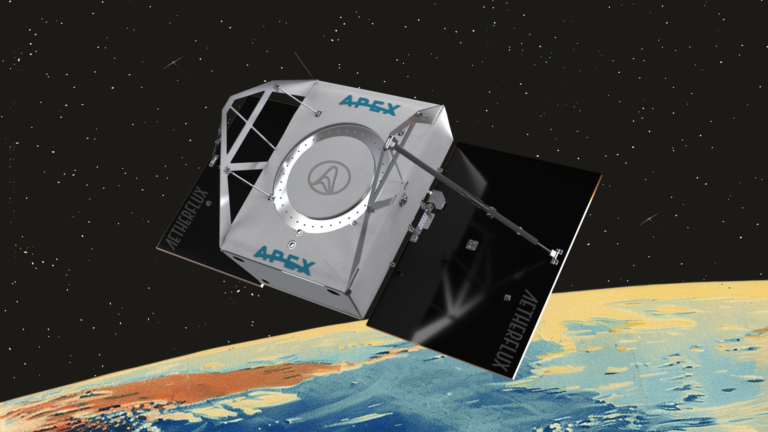Like nuclear fusion, the idea of space-based solar power has always seemed like a futuristic technology with an actual deployment into communities ever remaining a couple of decades away.
The concept of harvesting solar power continuously from large satellites in space—where there are no nights, no clouds, and no atmosphere to interfere with the collection of photons—is fairly simple. Large solar arrays in geostationary orbit collect solar energy and beam it back to Earth via microwaves a continuous source of clean energy.
But implementing this technology is not so simple. In recent years, in search of long-term power solutions and concerned about climate change, the European Space Agency has been studying space-based solar power. Some initial studies found that a plan to meet one-third of Europe’s energy needs would require massive amounts of infrastructure and cost hundreds of billions of dollars. At best, such a system of very large satellites in geostationary space might come online by the middle of this century.

